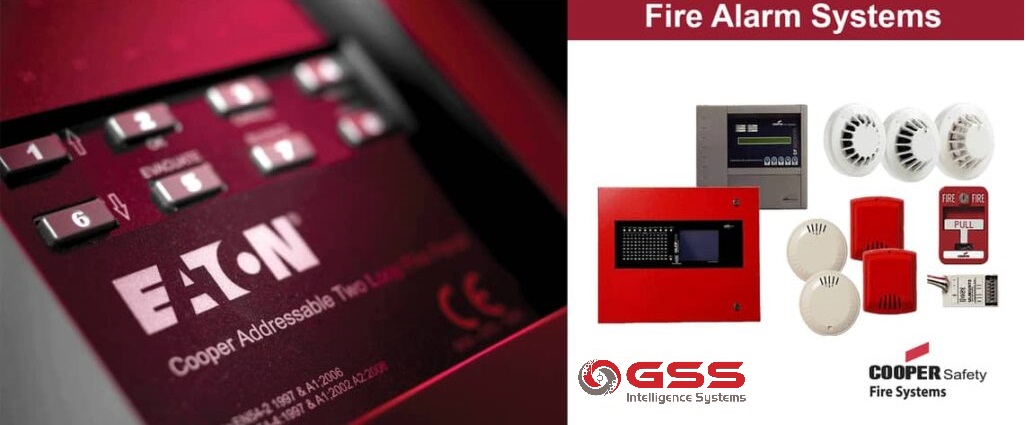
Components and Parts of an Edward EST Fire Alarm System Architecture
1. Control Panel (Main Unit)
The control panel is the brain of the system. It manages all communication, detection, and notification processes.
• EST3 Control Panel (or EST4 for newer models): Advanced panels with network capabilities, event logs, and touch-screen interfaces.
• Power Supply Units (PSUs): Provides reliable power to the system and includes battery backup support.
2. Detection Devices
These devices identify signs of fire, such as smoke, heat, or gas.
• Smoke Detectors: Photoelectric and ionization detectors for early smoke detection.
• Heat Detectors: Fixed-temperature and rate-of-rise sensors.
• Combination Detectors: Smoke and heat detection in one unit.
• Duct Detectors: Installed in air ducts to monitor airflow for smoke.
• Gas Detectors: Monitors hazardous gases like CO and methane.
3. Notification Appliances
These components alert occupants in case of an emergency.
• Audible Alarms: Horns, sirens, and speakers for audible alerts.
• Visual Alarms: Strobe lights or LED indicators for visual notification.
• Combination Alarms: Devices with both audible and visual alerts.
• Voice Evacuation Systems: Pre-recorded or live voice instructions to guide occupants.
4. Manual Pull Stations
These devices allow occupants to manually activate the fire alarm system.
• Single-action and double-action pull stations, designed for ease of use and tamper resistance.
5. Annunciators
Remote devices that provide system status and control capabilities.
• LCD and LED annunciators for real-time monitoring of zones and system health.
• Graphic annunciators with floor layouts and device statuses.
6. Modules and Interfaces
Allow integration and control of various parts of the system.
• Input Modules: For monitoring external systems like sprinkler flow switches.
• Output Modules: To control external devices like fire doors and ventilation systems.
• Network Modules: Enable multi-panel networking and system-wide communication.
• Relay Modules: Provide dry contacts for integration with third-party systems.
7. Communication Devices
• Network Communication Cards: Facilitate data exchange between panels and remote systems.
• Dialers and Ethernet Modules: For off-site monitoring and reporting.
• Wireless Transmitters: Eliminate the need for extensive cabling.
8. Power and Auxiliary Devices
• Backup Batteries: Ensure system operation during power outages.
• Power Boosters: Provide additional power for large installations.
• Surge Suppressors: Protect the system from electrical surges.
9. Software Tools
• Configuration Software: Used for programming the system.
• Monitoring Software: Provides real-time system status and event logging.
10. Peripheral Devices
• Emergency Lighting Controls: Integrates with building lighting systems.
• Door Holders and Release Devices: Automatically close fire doors during an alarm.
Integration Capabilities
Edward EST systems are designed to integrate with other building systems, such as:
• Building Management Systems (BMS)
• HVAC Systems
• Security Systems








